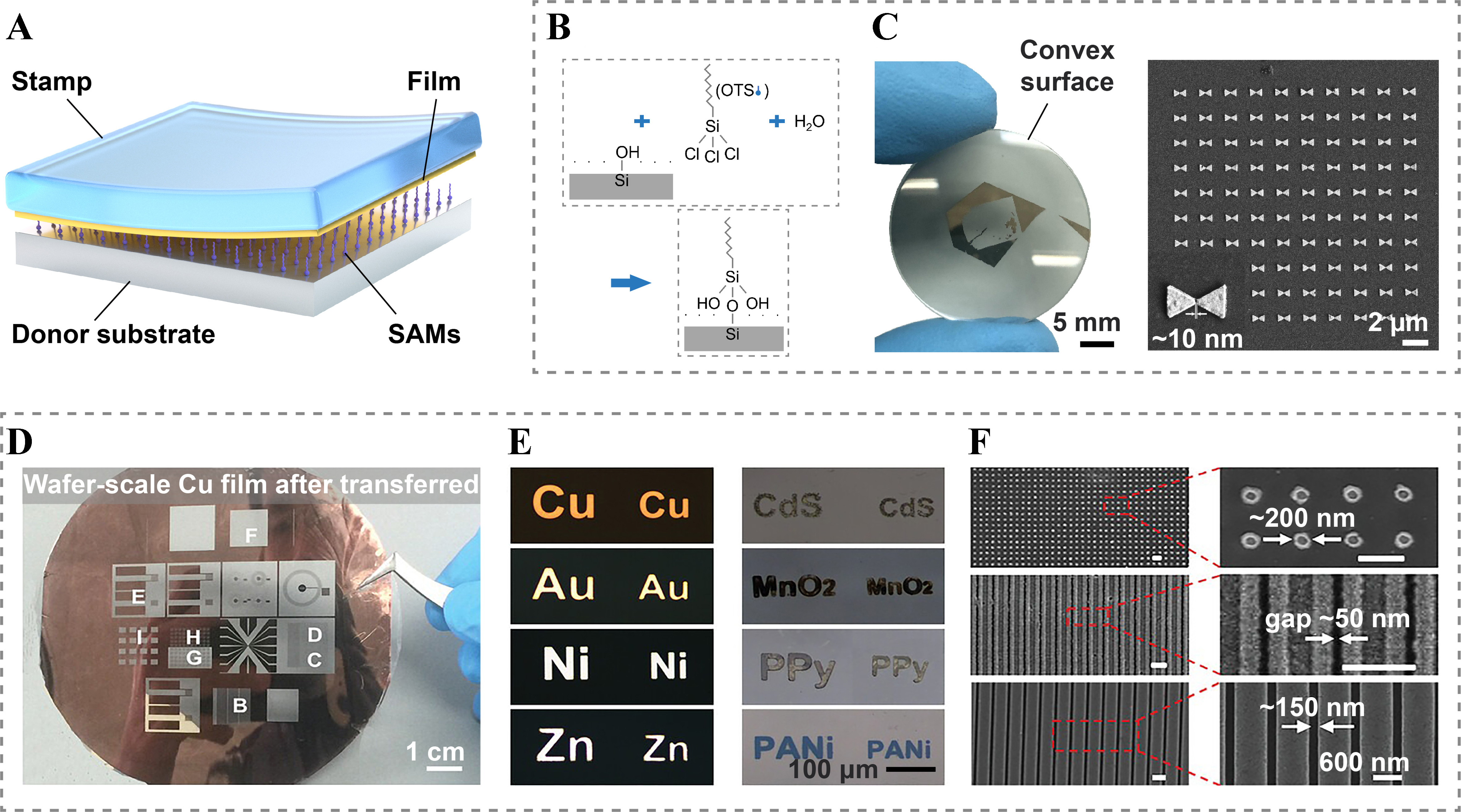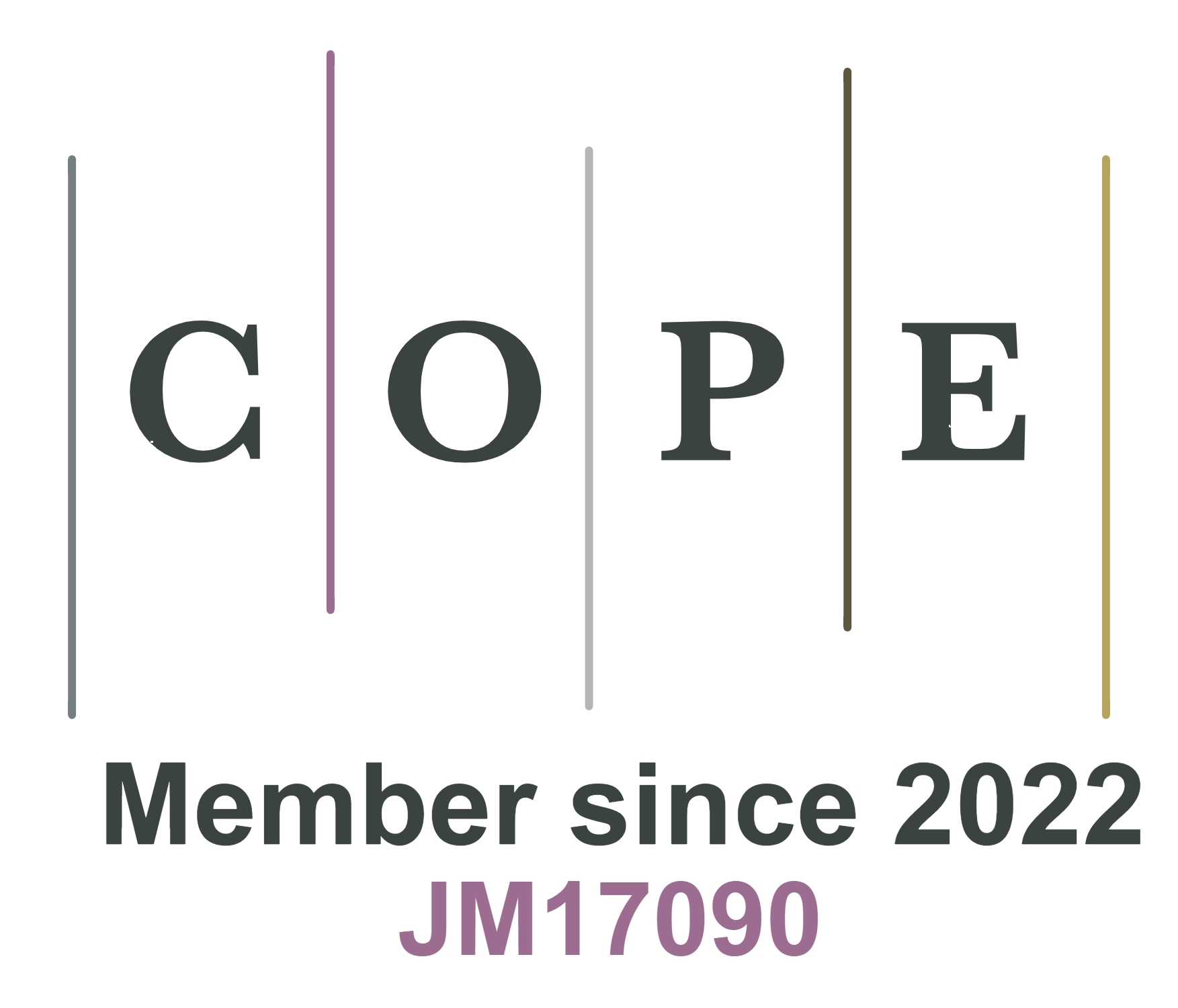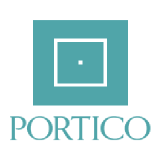fig3
Figure 3. Reducing adhesion at the film/donor interface based on surface modification methods for damage-free transfer printing of ultrathin films. (A) Schematic illustration showing the dry pickup process enabled by the prior construction of a SAM layer on the donor substrate; (B) Schematic diagram illustrating the molecular mechanism of OTS chemisorption on a silicon surface; (C) Optical and SEM micrographs of Au nanostructures after being transferred onto a convex surface. Reproduced with permission[71]. Copyright 2023, IOP Publishing; (D) A 4-inch wafer-scale Cu pattern fabricated by the ERT method; (E) The ERT method is applicable to a wide variety of materials: metals (Cu, Au, Ni, and Zn), metal oxide (MnO2), metal sulfide (CdS, semiconductor material), and polymers (PPy, PANi); (F) SEM images of different nanoscale patterns using the ERT method. Reproduced with permission[72]. Copyright 2023, Wiley-VCH. SAM: Self-assembled monolayer; OTS: octadecyltrichlorosilane; SEM: scanning electron microscope; ERT: electrochemical replication and transfer; PPy: polypyrrole; PANi: polyaniline.











